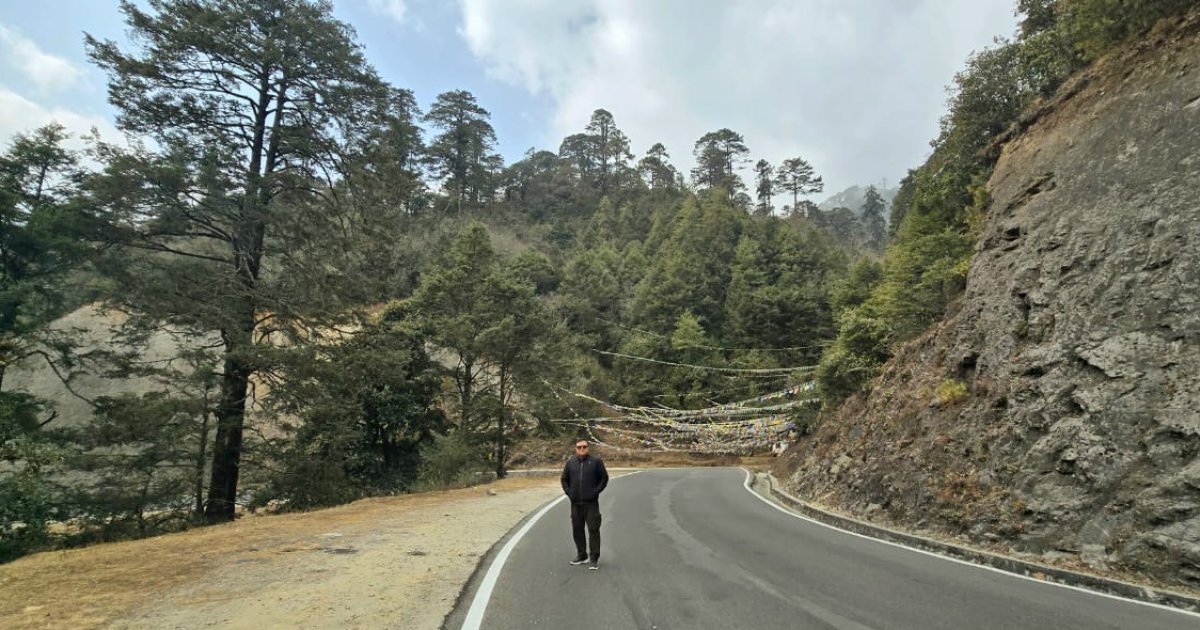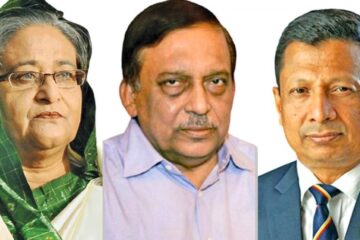It was a perfect escape from an intense business discussion in Bhutan.
Sitting inside a conference hall of a five-star hotel in picturesque Thimphu and discussing the future of South Asia was becoming increasingly dull. After all, how long can you ignore the call of Bhutan’s stunning natural beauty waiting just outside your hotel room?
So, as soon as I got a break, I stepped out into the sweet February air warmed by a gentle sun and headed away from the city toward the mountains. February in Bhutan is cool and crisp, with dry, sunny days and cold nights—an excellent time for hiking with clear views of the Himalayas. Daytime temperatures in places like Thimphu average around 14°C, but drop to near or below freezing at night.
On an early February day this year, as I walked out of my upscale Thimphu hotel, the sun was quickly eclipsed by dramatic clouds that swept across the sky. The sky in Bhutan is enviably blue—especially if you dare compare it with the polluted airshed of the rest of South Asia.
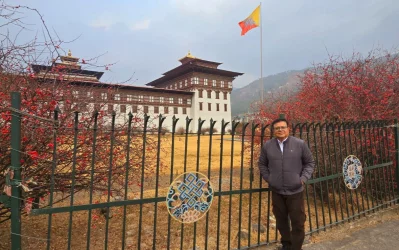
This visit will remain memorable for another reason. Until then, Bhutan had been my last frontier in South Asia; I had visited every other country in the region. My February visit to Thimphu finally completed the circle.
I hopped into the first cab I found. “How much for a one-way ride to Dochu La?” I asked the driver. He wondered if I truly didn’t plan to return the same way and warned that it might be difficult to find a taxi later in the afternoon.
It was time to reveal our plan. “We’ll walk back from Dochu La to Thimphu—just for the joy of a downhill hiking expedition.” My companion for this journey, fellow newspaper editor Inam Ahmed, was already excited. But at the back of our minds, we both knew it was a slightly ambitious plan for two not-so-young pairs of legs: walking down from over 10,000 feet above sea level during evening twilight, covering nearly 30 km back to the city.
The well-versed and extremely polite Bhutanese taxi driver didn’t argue. He dropped us at Dochu La (also known as Dochula Pass—though la itself means “pass” in Dzongkha). Dzongkha, written in Tibetan script, is a Tibeto-Burman language and Bhutan’s official national language. Before departing—thoughtful as he was—he shared his phone number in case we changed our minds or ran into trouble.
Dochu La is a mountain pass on the route from Thimphu to Punakha, the former capital. It is famous for its panoramic Himalayan views and the 108 memorial chortens, known as the Druk Wangyal Chortens, built in honour of fallen soldiers. Stupas are dome-shaped Buddhist monuments used for meditation and for preserving sacred relics. They are often decorated with symbolic carvings and surrounded by pathways for circumambulation—meditative walking.
The sunny side of my visit to this iconic landmark—standing at 3,100 metres with sweeping views of snow-capped peaks—was spotting several rarely seen birds. The downside was not being able to glimpse the majestic Gangkhar Puensum.
Gangkhar Puensum, located along the Bhutan–Tibet border, is Bhutan’s highest peak and the world’s highest unclimbed mountain, rising to 7,570 metres. Because of the overcast weather, we missed the chance to see it. Luckier visitors on bright days can enjoy a clear view.

Whether you’re a nature lover, history enthusiast, or spiritual seeker, Dochu La offers something for everyone. Sitting inside a coffee shop at the top of the pass, we watched beautiful, rarely seen birds perched on branches outside. The area is a key birding destination, home to several rare and globally threatened species within its diverse forest habitats. Among the birds one might spot here are stunning pheasants, white-bellied herons, spotted laughingthrushes, yellow-rumped honeyguides, and more.
As we sipped freshly brewed coffee at Dochu La’s Druk Wangyel Café—the only food and beverage outlet at the pass—we were soon joined by two of the region’s best-known journalists: Kanak Mani Dixit from Nepal and Kinley Dorji of Bhutan. They, too, seemed to be avid birders, and together we enjoyed watching several species while chatting over coffee.
Kinley took Kanak along in his car on their way back to Thimphu and generously offered us a ride. We thanked him but explained our plan to hike downhill. They wished us luck and drove off.
The next couple of hours were both exhilarating and exhausting for me and Inam Bhai. For the first few kilometres, walking down the winding mountain road was pure joy, with hardly any other travellers except a few passing cars. As we descended through forests of pine, rhododendron and hemlock, we were charmed by nature’s soundtrack—chirping birds, rustling leaves and the whispering wind.
But as we continued, we began to feel dehydrated and hungry. Fortunately, after a few more kilometres, as the road steepened, we stumbled upon a tiny rural cluster of shops and eateries. We stopped at a modest home where the landlady had converted her front room into a small café offering simple meals, drinks and groceries. She cooked us a fresh meal—aromatic rice, stir-fried vegetables and chicken, lentils, and an omelet. The day before, I had eaten stir-fry at my upscale Thimphu hotel, but the stir-fry prepared by our gracious host was so delicious that I ate more rice than usual. The blend of soy sauce, garlic, ginger, oyster sauce and black pepper perfectly complemented the tender chicken and fresh capsicum.
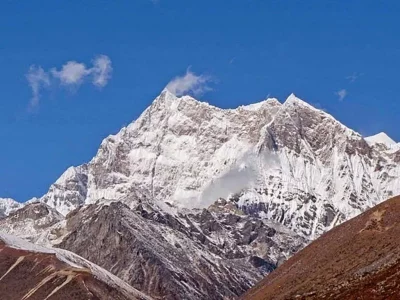
There is something about Bhutanese food that awakens the appetite—a newfound craving for wholesome, healthy meals. The soil, air and water in Bhutan remain clean and untainted, unlike ours, which makes their food feel incredibly fresh.
Once refueled with hearty food and a few drinks, we felt ready to tackle the rest of the descent. But a local transport vehicle idling just outside the eatery—its driver eyeing us as if waiting to offer a rescue—was enough temptation for us to skip the remaining walk. That marked the end of our downhill expedition. We climbed into the van, which dropped us near a T-junction where the road split—one way toward Thimphu and the other toward another town. We hired another taxi and soon reached the city, carrying with us the wonderful memory of the serene beauty of Dochu La and a modest but memorable downhill hike.
Dochu La facts
Dochu La is approximately 3,100 to 3,150 meters (about 10,171 to 10,301 feet) above sea level. This high mountain pass in Bhutan connects the capital city of Thimphu to old capital Punakha.
Location: It is located in the Himalayas range within Bhutan.
Significance: The pass is known for offering panoramic views of the Himalayas and is home to the 108 memorial chortens (Stupas) known as the Druk Wangyal Chortens, which were built to honor fallen soldiers.
Mt Gangkhar Puensum: The highest peak in Bhutan and the world’s highest unclimbed mountain (24,836 feet) can be seen from the Dochu La.
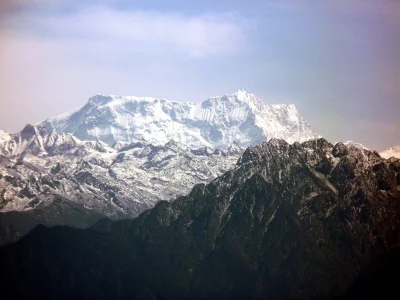
Dochu La Nature Trail: The pass was part of ancient trails or tracks between Thimphu and Punakha, such as the Dochu La Nature Trail.
Forest and Festoons: The forest cover on the slopes of the pass consists of cypress trees. The hill slopes around the pass are festooned with a profusion of colourful religious flags fixed by the Buddhist people as a mark of veneration.
Landmarks:The landmarks around the pass include 108 Druk Wangyal Khang Zhang Chortens or stupas, the Druk Wangyal Lhakhang (temple), and the rhododendron garden which is part of the 47 km2 Royal Botanical Park.
